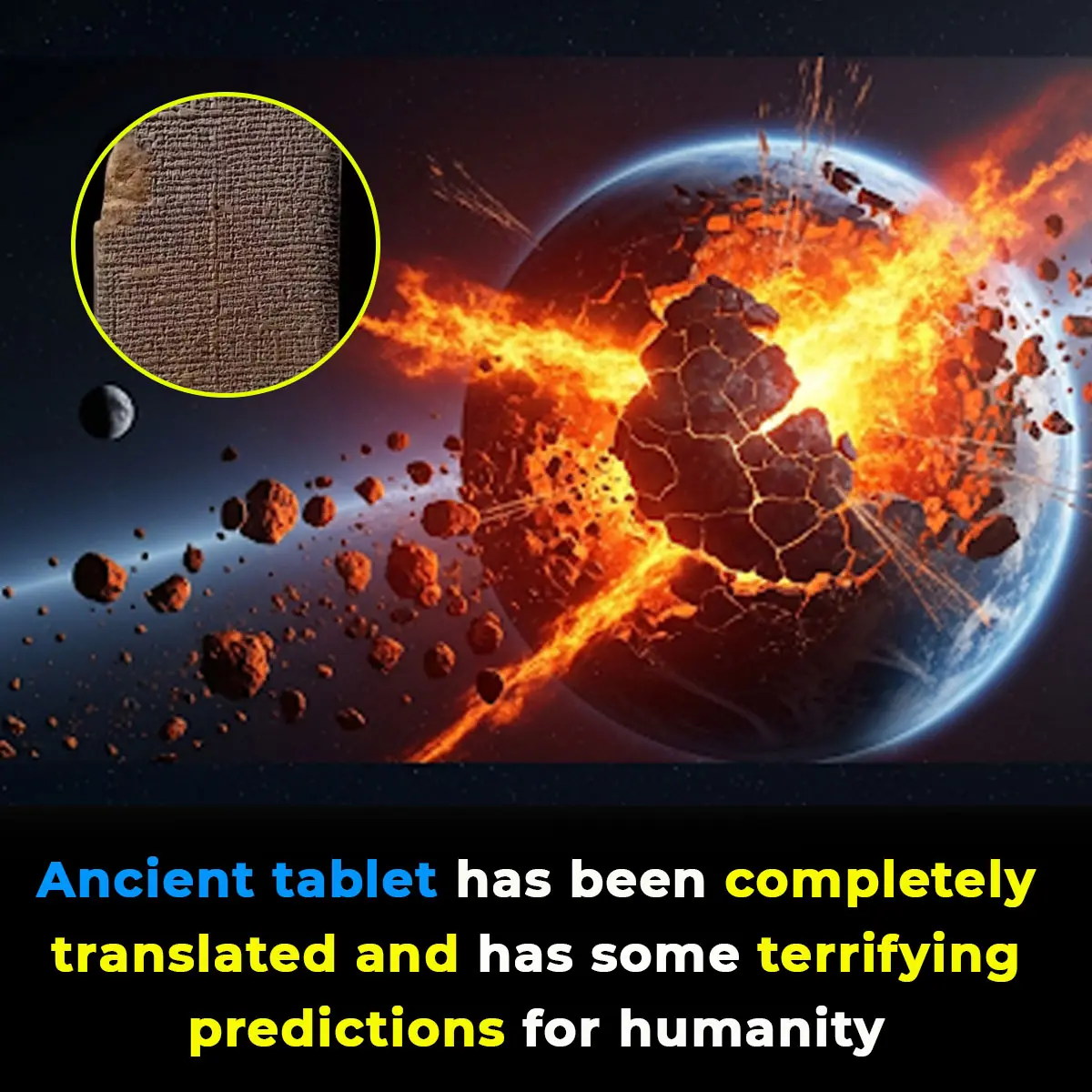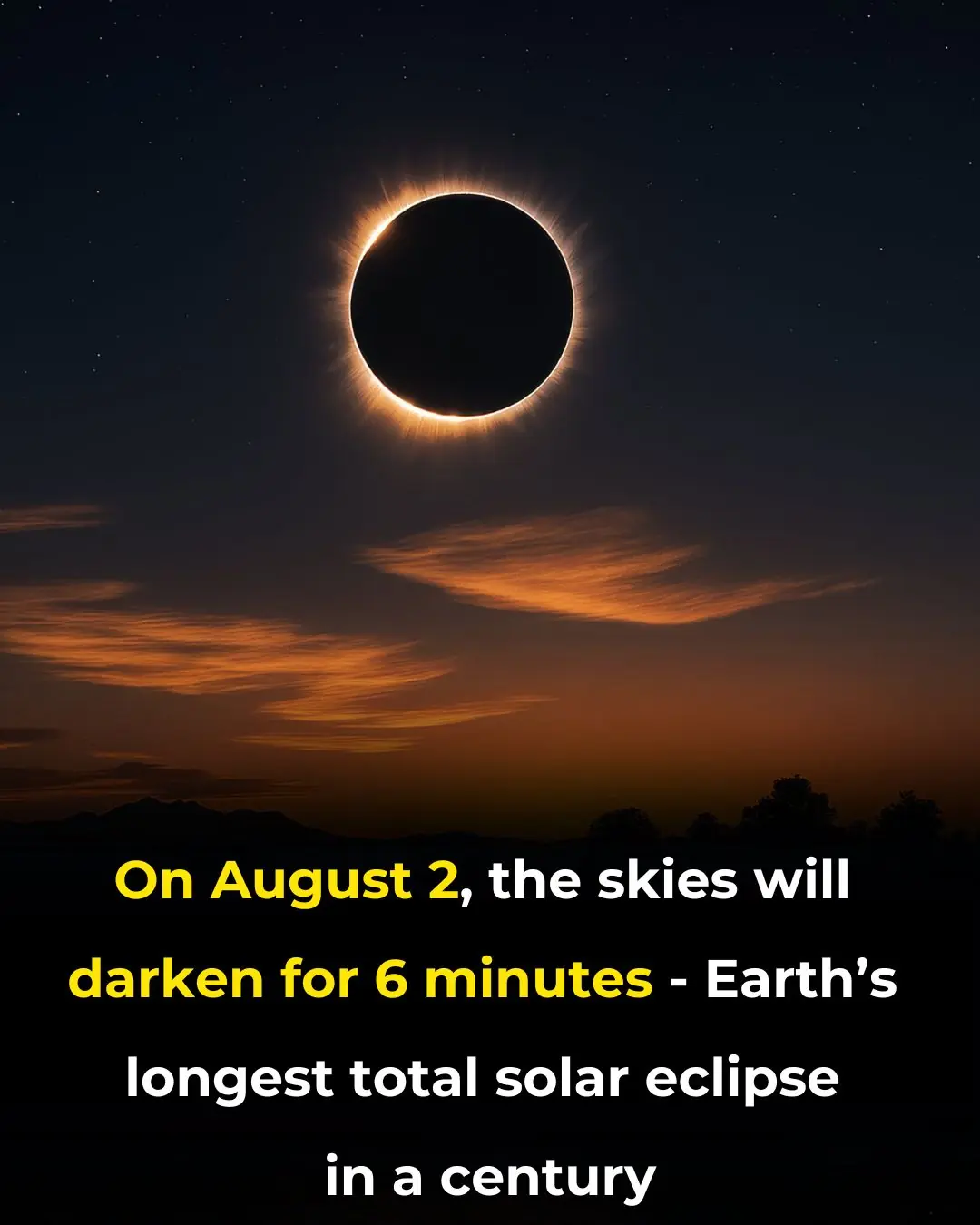
Ancient Warning Emerges On Hawaiian Shore Days Before Massive Earthquake
After ten years, mysterious markings carved into Hawaii’s beach have resurfaced, possibly carrying a 1,000-year-old warning.
Around July 23, the tide receded along the shoreline of Pōkaʻī Bay in Waianae, revealing a series of 26 petroglyphs that date from between 1000 and 1400 AD.
According to US archaeologists, the petroglyphs, which primarily depict stick figures that resemble humans, may have served as a visual record of historical or spiritual occurrences, but their precise significance is still unknown because there is no written context.
But according to Native Hawaiians, the symbols represent an ancestral warning about environmental changes, particularly impending climate change-related tragedies.
Native Hawaiian cultural practitioner Glen Kila said, “It’s telling the community that the ocean is rising.”
An 8.8-magnitude earthquake that slammed Russia’s coast on Tuesday prompted additional tsunami warnings, and hours later, the largest volcano in the area erupted.
It was the biggest earthquake to strike Russia’s Kamchatka area since 1952 and the sixth most violent on record.

On Wednesday morning, the large earthquake caused tsunami waves to hit the coasts of northern California and Washington; the biggest wave ever measured along the US West Coast was 3.6 feet.
This is the first time since 2016 that the entire set of 26 petroglyphs—carvings in the rock surfaces—has been seen on the island of Oahu.
The sand covering the panel is frequently removed by seasonal surf swells. However, between May and November, these seasonal conditions usually only show portions of the ancient sculptures.
Stretching roughly 115 feet, the entire collection near Pōkaʻī Bay has withstood severe summer storms and even hurricanes before being exposed for the first time in ten years by shifting ocean waves.
Kila speculates that an early Polynesian community at Waianae may have produced the discovered petroglyphs more than a millennium ago.
A more conservative estimate of roughly 600 years was provided by Laura Gilda, an archaeologist with the US Army Garrison Hawaii.
At low tide, when the green algae growing on the sandstone boulder was swept away by softer waves, beachgoers could readily discern the enormous symbols.
18 of the 26 petroglyphs, according to archaeologists, seem to be anthropomorphic stick figures, which are straightforward illustrations of human-like shapes with bodies, limbs, and heads represented by lines.
It’s unknown if the remaining genitalia are those of males or women, but eight are thought to display male genitalia.
The panel seems to be narrating a religious or ceremonial story, Kila told the Associated Press.
The largest of the petroglyph figures, with one hand pointing down and the other with fingers up, represents the rising and setting of the sun, according to native Hawaiian teachings.
“My interpretation, just by looking at it, was an interpretation of Maui, the demigod, Maui,” Kila previously explained during a 2017 interview.
According to Native Hawaiian mythology, Maui is a mythical person who is renowned for his immense strength and size.
Local tradition has it that he snared the sun in one narrative and used his fishhook to drag the Hawaiian islands out of the water in another.
Kila went on to say that, like the rising sun, the fingers on the raised hand of the largest petroglyph seem to point east.
“It’s a religious symbol. Like what we have for Christianity, the cross or the other symbols,” the cultural practitioner continued.
Native Hawaiians think the petroglyphs’ resurgence could be an indication that more natural disasters are approaching, even though there doesn’t seem to be a direct link between the recent megaquakes and their presence.
A tsunami warning was issued Wednesday morning for both Oahu and Hawaii’s Big Island, but evacuation orders were swiftly revoked.
Because of wave surges and potential flooding, the Hawaii Emergency Management Agency recommended citizens to stay at least 100 feet away from inland waterways or marinas that are connected to the ocean.
“If possible, remove or deploy vessels to deep water,” the agency said.
News in the same category


Optical illusion reveals whether you’re an introvert or extrovert

Trapped in Silence: Boy Awakens After 12-Year Coma With Terrifying Secret
Imagine suddenly being trapped inside your own body—fully conscious, aware of your surroundings, but completely unable to move, speak, or communicate in any way. For Martin Pistorius, this unimaginable scenario was reality for more than a decade. His st

Urgent warning issued to all iPhone users following release of iOS 18.6

Experts Warn of Imminent 'Cosmic Hell' That Could Wipe Out Mankind, Exact Time Revealed
Though the ending is billions of years away, the emerging evidence is shifting scientific consensus on cosmic fate. Understanding dark energy—the force shaping expansion—is one of the greatest unsolved mysteries in physics.

Ancient tablet has been completely translated and has some terrifying predictions for humanity

Astronaut Waves And Turns His Camera To Disprove The Flat Earth Theory For Good

Your iPhone’s Volume Buttons Are Loaded with Hidden Features

Astronaut shares the profound ‘big lie’ he realized after seeing the Earth from space

Some people are only now realizing what the “WC” sign stands for on washrooms

NASA responds after scientist warned 'hostile alien threat' could attack Earth in just months

TerrIfying Study Links Everyday Household Chemical to Over 350,000 De@ths Worldwide
Experts urge immediate global action after new data uncovers staggering cardiovascular risks tied to everyday plastic-softening chemical.

How Often Should Men Ej@culate Each Month? Sh0cking Harvard Study Reveals a Powerful Link to Pr0state Health
It’s not often that something enjoyable turns out to be good for your health - but in this case, it just might be.

On August 2, The Skies Will Darken for 6 minutes-Earth’s Longest Total Solar Eclipses In A Century Is coming in 2027!

Scientists install the world’s first electronic spine to restore movement after paralysis.

Unplug These 5 Kitchen Appliances Before Bed to Prevent a Fire, Experts Warn

People Are Only Now Learning The Horrifying Explanation For Why The Titanic’s Wreckage Has No Remains

Chaos as cruise ship passengers 'left behind' following major tsunami in Hawaii

Urgent warning issued to all iPhone users following release of iOS 18.6

Skywatchers Delight: Dual Meteor Showers And Upcoming Celestial Events
News Post

Man Folded In Half Stands Straight After 28 Years

What Does it Symbolize When a Person Who Passed Away Shows up in Your Dream?

Mary Ann Bevan: The Tragic Story of the ‘World’s Ugliest Woman’

Pressure Points in Your Feet: Use This Foot Massage Chart for Pain Relief

8 Ways To Get Rid Of Phlegm And Mucus In Chest And Throat

Missing MH370 aircraft ‘found’ after Google Maps search

Doctor Reveals Surprising Thing That Occurs When You Don’t Eat – and It’s The ‘Opposite’ of What Most People Think

10 Signs You May Have Kidney Disease

This is what sleeping on the left side does for our brain, stomach & glymphatic health

The Last Day Of Life On Earth Has Been Calculated By NASA, This Is How Long We Have Left

Optical illusion reveals whether you’re an introvert or extrovert

Calls for popular smartphone to be banned from planes after another device catches fire

Trapped in Silence: Boy Awakens After 12-Year Coma With Terrifying Secret
Imagine suddenly being trapped inside your own body—fully conscious, aware of your surroundings, but completely unable to move, speak, or communicate in any way. For Martin Pistorius, this unimaginable scenario was reality for more than a decade. His st

Urgent warning issued to all iPhone users following release of iOS 18.6

Experts Warn of Imminent 'Cosmic Hell' That Could Wipe Out Mankind, Exact Time Revealed
Though the ending is billions of years away, the emerging evidence is shifting scientific consensus on cosmic fate. Understanding dark energy—the force shaping expansion—is one of the greatest unsolved mysteries in physics.

This Is What Happens When You Eat Too Much Sugar—#7 Will Sh0ck You!
Learn to recognize the red flags of sugar overload before it sabotages your health

Ancient tablet has been completely translated and has some terrifying predictions for humanity

Man Releases Chilling Never Seen Before Footage of Twin Tower Collapse

Heart Surgeon Reveals 4 Foods You Should ‘Always Avoid’ That Will ‘Poison’ Your Body
